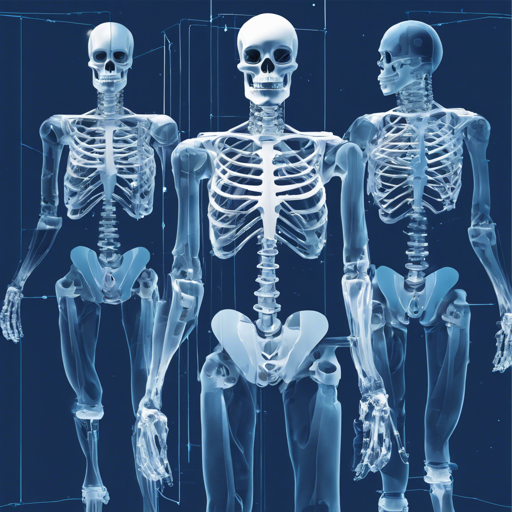PYSKL is a powerful toolbox designed for action recognition using skeleton data, implemented with PyTorch. With support for various algorithms tailored for skeleton-based action recognition, you have the tools to enhance your AI projects effectively. Here’s your guide to get started with PYSKL!
Step 1: Installation
First, you need to set up the PYSKL environment on your machine. Follow these straightforward steps:
- Clone the repository: git clone https://github.com/kennymckormick/pyskl.git.
- Navigate to the directory: cd pyskl.
- Make sure you are using Conda 22.9.0 or later to avoid compatibility issues. Create your environment: conda env create -f pyskl.yaml.
- Activate the environment: conda activate pyskl.
- Install PYSKL: pip install -e ..
Step 2: Data Preparation
Data preparation can make or break your model’s performance. Here’s how to prepare skeleton data:
- You can use pre-processed skeleton annotations provided as pickle files for various datasets. Check out the Data Doc for details.
- To obtain the NTURGB+D 3D skeletons, download the official annotations from GitHub and use the provided processing script.
- Scripts for extracting 2D HRNet skeletons from RGB video datasets are also available; consult the example notebook for details.
Step 3: Training and Testing
Once the data is prepared, you can start training your model. For distributed training on multiple GPUs, you can use the following commands:
# Training
bash tools/dist_train.sh config_name num_gpus other_options
# Testing
bash tools/dist_test.sh config_name checkpoint num_gpus --out output_file --eval top_k_accuracy mean_class_accuracyUnderstanding the Code with an Analogy
Think of the entire PYSKL process as orchestrating a play. The skeleton data acts as the script that guides your actors (the algorithms) on stage. Each algorithm, similar to a different actor, takes the lead role at a specific time in the play, performing its part to bring a scene to life—whether it’s by training or inference. Just like in a play where the director adjusts the stage settings and coordinates actors, you tweak the training parameters and model configurations in PYSKL to achieve the desired performance.
Troubleshooting
While working with PYSKL, you might encounter a few hitches. Here are some troubleshooting ideas:
- If you face installation errors, ensure that you are using the correct version of Conda. Updating Conda might resolve many issues.
- If your model fails to train or test correctly, double-check your data paths in the configuration files to ensure they match your dataset locations.
- For real-time gesture recognition demos or speed inference scripts, refer to the Demo document and inference scripts for additional guidance.
For more insights, updates, or to collaborate on AI development projects, stay connected with fxis.ai.
Final Thoughts
At fxis.ai, we believe that such advancements are crucial for the future of AI, as they enable more comprehensive and effective solutions. Our team is continually exploring new methodologies to push the envelope in artificial intelligence, ensuring that our clients benefit from the latest technological innovations.

